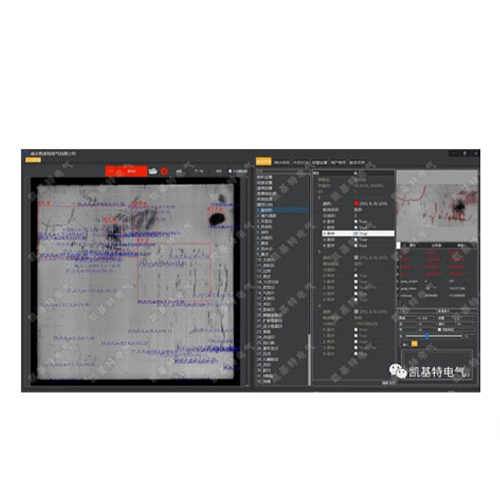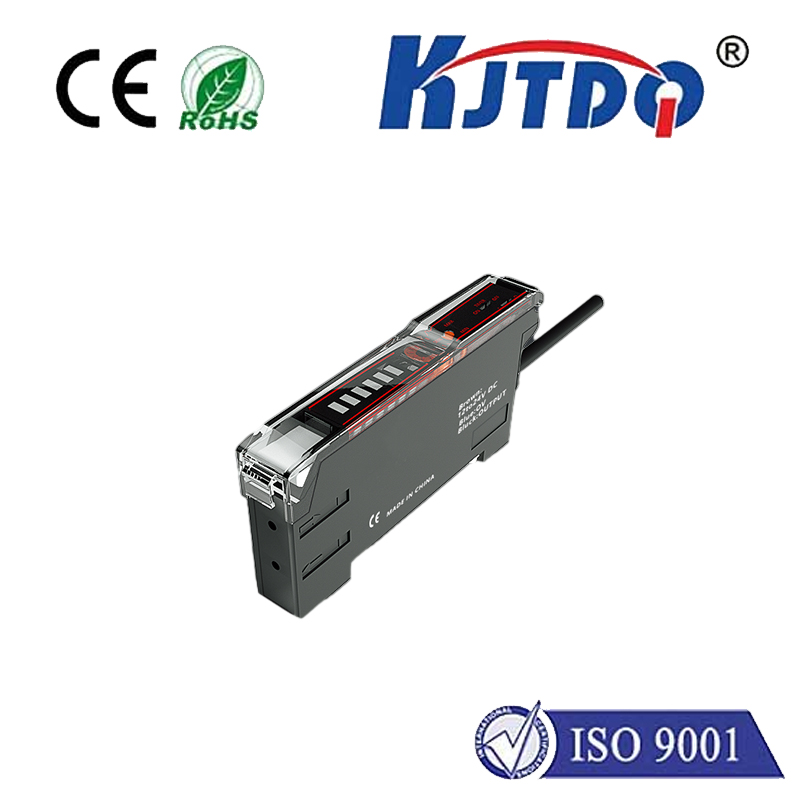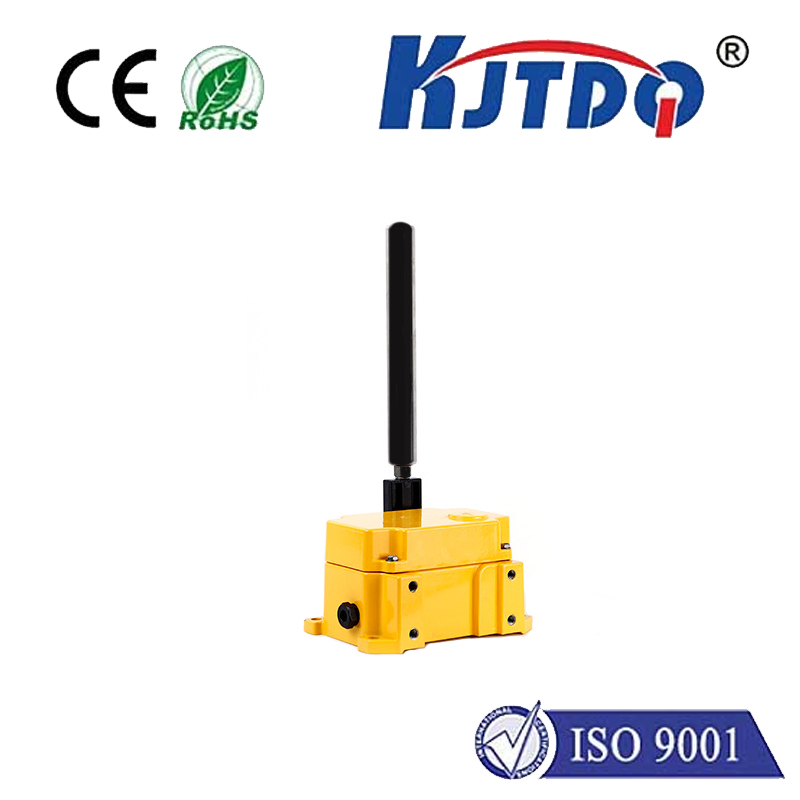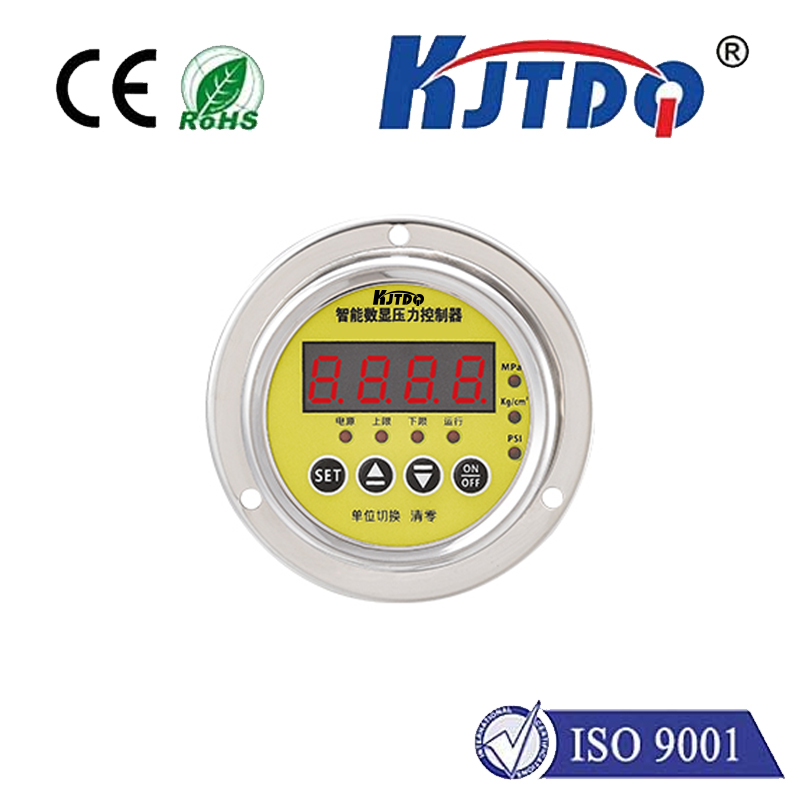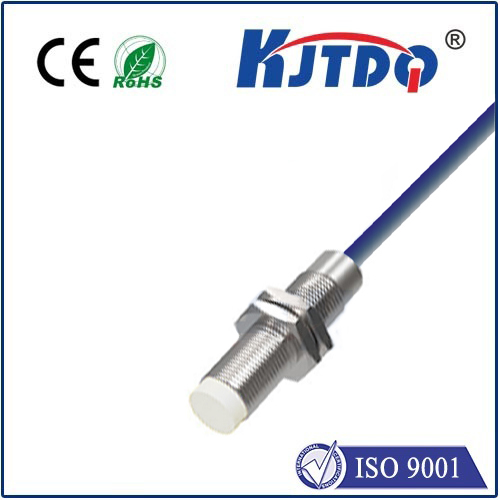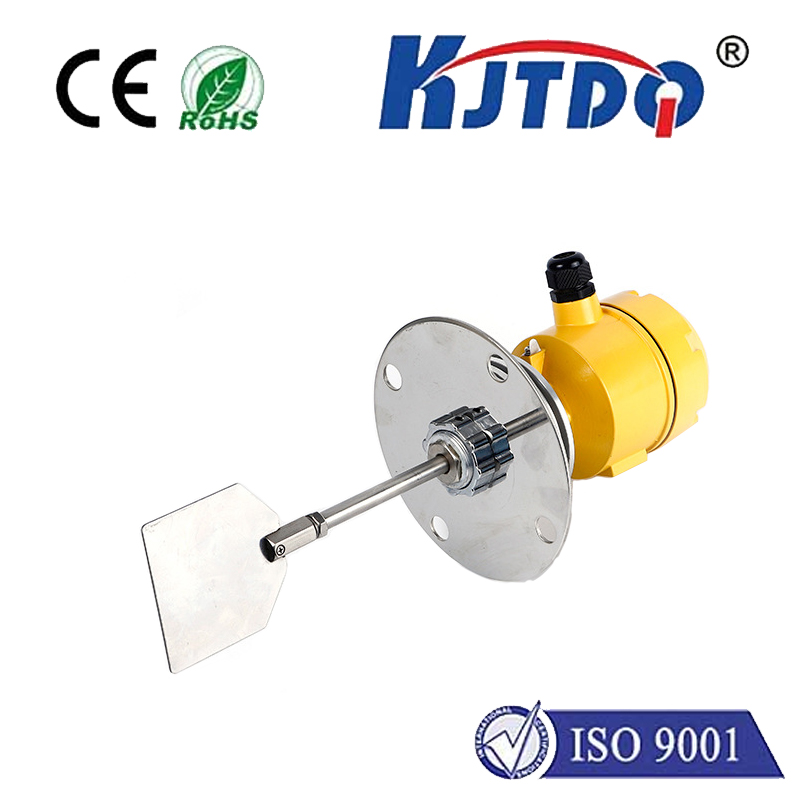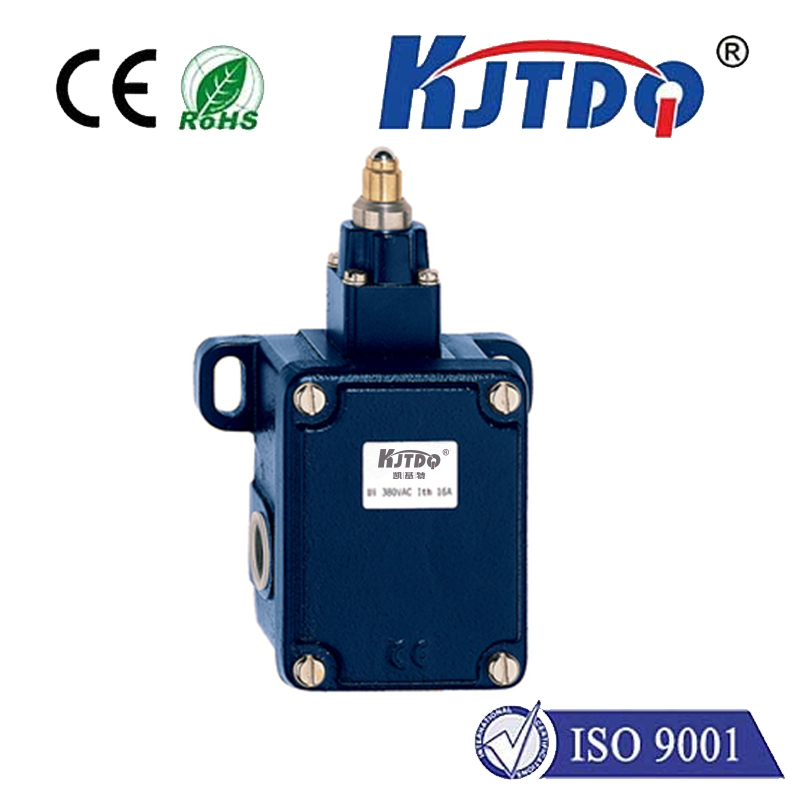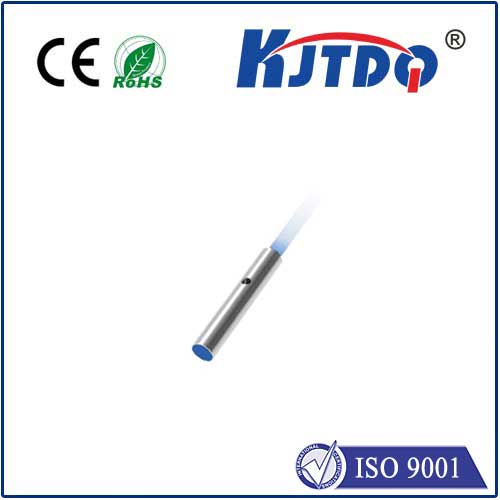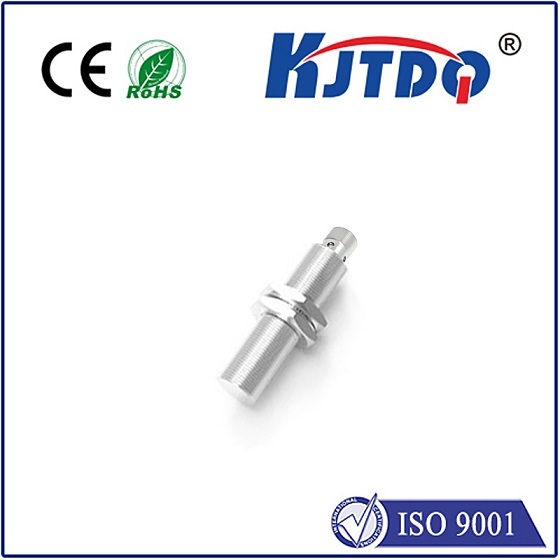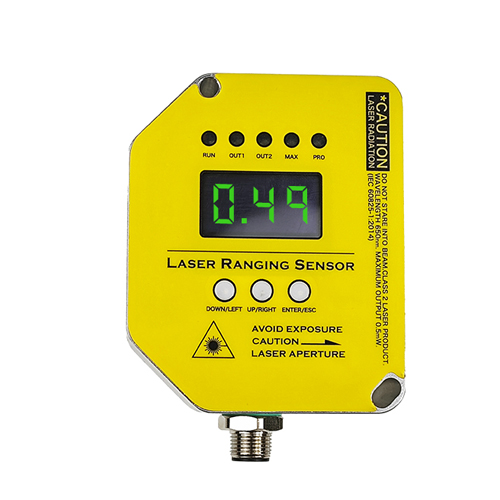

check

check

check

check
In the tightly packed, vibration-prone, and often grimy world of industrial automation, every millimeter counts. Machines hum with moving parts, conveyor belts snake through confined spaces, and robotic arms execute precise maneuvers. Installing sensing devices without disrupting this intricate dance requires ingenuity. This is precisely where the flush-mount proximity sensor, also known as the non-flush or shielded type, earns its indispensable reputation. Designed to sit perfectly flush with surrounding mounting surfaces, these compact workhorses deliver reliable non-contact detection where space is at an absolute premium and physical protrusions are simply not an option.
Understanding the Flush Advantage: Form Factor is Function
The defining characteristic of a flush proximity sensor is its physical design. Unlike their non-flush (or unshielded) counterparts, flush sensors feature a shielded sensing face. This metallic shield surrounds the active sensing element, typically an oscillator coil in inductive sensors, concentrating the electromagnetic field perpendicularly outwards from the face. This design allows the sensor to be mounted embedded directly into a metal bracket, machine frame, or fixture, with its face sitting perfectly flush with the surface.
Why Choose Flush-Mounting? Key Benefits Unveiled
The Trade-Off: Sensing Range
It’s crucial to acknowledge the main compromise associated with flush proximity sensors. The very shielding that provides their excellent interference resistance and compact profile does limit their effective sensing range (Sn). Because the electromagnetic field is focused directly forward, the working distance for a flush-mount sensor is typically shorter than that of an equivalent-sized non-flush sensor. Designers must carefully consider the required detection distance when selecting between flush and non-flush types. However, for countless applications involving close-proximity detection of metallic targets, the reduced range is a perfectly acceptable trade-off for the significant spatial and reliability benefits.
Where Flush-Mount Sensors Shine: Key Applications
The unique strengths of flush inductive proximity sensors make them the undisputed choice in numerous demanding scenarios:
Capacitive Flush Types: Beyond Metal Detection
While inductive sensors (detecting metals) are the most common flush proximity variant, capacitive flush-mount sensors also exist. These detect the presence of nearly any material (plastics, glass, wood, liquids, granular materials) based on changes in capacitance. Their flush design offers similar space-saving and protection benefits in applications requiring non-metallic target detection, such as:
Selecting the Right Flush Sensor: Considerations
When specifying a flush-mount proximity sensor, key factors include:
Conclusion: The Unsung Hero of Compact Automation
The flush-mount proximity sensor is a testament to intelligent engineering solving a fundamental spatial challenge in automation. By embracing a flush, shielded design, these sensors unlock reliable detection capabilities in locations previously deemed impractical or unsafe for traditional sensors. While operating at a shorter range, their superior resistance to interference, exceptional physical protection, and ability to vanish into mounting surfaces make them indispensable assets for maximizing machine density, ensuring operational reliability, and simplifying maintenance in thousands of industrial applications every day. When space is tight and reliability is paramount, the flush proximity sensor is often the optimal, space-conscious solution.
